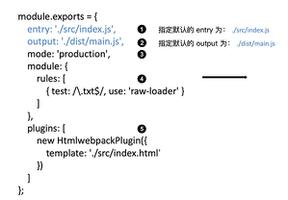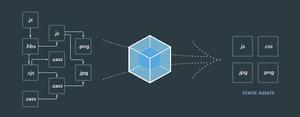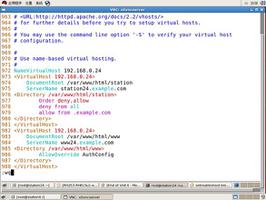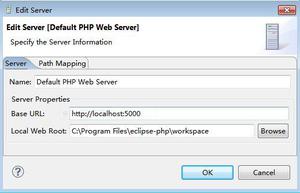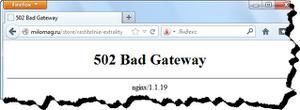Webpack 如何配置开发和线上环境
开发环境配置
安装 webpack-dev-server
npm install -D webpack-dev-server在 package.json 的 scripts 中配置命令
{ scripts: {
"start": "webpack-dev-server --open",
}
}
为了让我们 bundle 文件直接注入到默认的 html 文件中,我们需在配置中引入 html-webpack-plugin
npm install -D html-webpack-plugin修改配置 webpack.config.js,
const HtmlWebpackPlugin = require('html-webpack-plugin');module.exports = {
mode: 'development',
entry: {
index: './src/main.js',
},
output: {
filename: '[name].bundle.js',
path: path.resolve(__dirname, 'dist')
},
devtool: 'inline-source-map',
devServer: {
contentBase: './dist'
},
plugins: [
new HtmlWebpackPlugin({
title: 'My Application'
}),
],
}
在 npm run start 启动过后,就可以正常访问项目地址了。
注:这时候会发现它的输出内容默认 index.html 并不会出现在文件夹中,可以理解为 webpack-dev-server 是动态的创建内容然后作为结果返回给浏览器的。
常见的一种情况是,可能需要有多个 html 的入口,比如有登陆页 和 项目主体页,可能就需要配置多个 HtmlWebpackPlugin,你可以这样进行配置,其中 chunks 中的值跟 entrys 中对应:
entry: { index: './src/main.js',
login: './src/login.js'
},
plugins: {
new HtmlWebpackPlugin({
file: 'login.html',
chunks: ['login'],
}),
new HtmlWebpackPlugin({
file: 'index.html',
chunks: ['index'],
}),
}
线上环境配置
我们需要在 webpack.config.js 中配置 mode,移除 devtool、devServer、HtmlWebpackPlugin
const HtmlWebpackPlugin = require('html-webpack-plugin');module.exports = {
mode: 'production',
entry: {
index: './src/main.js',
},
output: {
filename: '[name].bundle.js',
path: path.resolve(__dirname, 'dist')
}
}
然后在 package.json 中配置 build
{ scripts: {
"build": "webpack"
}
}
当然你也可以在开发环境中使用类似的配置,取一个更准确的名字即可
{ scripts: {
"watch": "webpack --watch"
}
}
配置多入口的问题
在 webpack 中,使用 HtmlWebpackPlugin 对代码进行 build 常见的一种情形是:你有多个输出的 html 文件,比如登陆使用 login.html 登陆成功后使用 index.html。
这里的配置和容易出错的情形,看下面的示例配置会有什么问题
不指定 chunk 和 file
output: { path: '/build'
},
entry: {
index: './src/main.js',
login: './src/login.js'
},
plugins: {
new HtmlWebpackPlugin({
inject: true,
template: './public/login.html'
}),
new HtmlWebpackPlugin({
inject: true,
template: './public/login.html'
}),
}
问题1:没有指名要将哪个 chunk 注入到 html,结果是两个 chunk 的引用都会出现在输出的 index.html 中
问题2:template 代表源文件,并不能代表最终生成的文件(需要使用 file 指定),结果是两个 HtmlWebpackPlugin 注入了不同模板内容到 build/index.html,后者覆盖前者
现象是,build/index.html 的内容来自于 /public/login.html,并且引入的 js 文件,包含了 login.bundle.js 和 index.bundle.js。
另外也存在一个 build/login.html,内容跟 public/login.html 一模一样,猜想是 Webpack 操作包含了 拷贝 + inject/写文件,其中从 public/login.html 到 build/login.html 的拷贝正常,但是 inject/写文件 操作 被错误映射到了 /build/index.html 中。
修改后的配置
output: { path: '/build'
}
entry: {
index: './src/main.js',
login: './src/login.js'
},
plugins: {
new HtmlWebpackPlugin({
inject: true,
template: './public/index.html',
file: 'index.html',
chunks: ['index']
}),
new HtmlWebpackPlugin({
inject: true,
template: './public/login.html',
file: 'login.html',
chunks: ['login']
}),
}
chunks 也制定了,输出文件也执行了,理论上应该正确了,结果发现 /build/index.html 和 /build/login.html 中内容倒是都来自模板了,但是 bundle 都没有注入。
可以把 filename 和 chunks 分别注释掉,再进行build,会发现是 chunks 引起的。我们的代码必然是要使用 chunks 的, 因此找到了绕过它的方式。
曲线救国
首先配置 inject 为 false 我们再指定打包的 js/css 文件名的时候,不采用 [hash],而是直接使用 [name].bundle.js 和 [name].css 的方式,再在 public/login.html 中 和 public/index.html 中引用即将被打包好的css/js即可。
以上是 Webpack 如何配置开发和线上环境 的全部内容, 来源链接: utcz.com/z/264095.html

